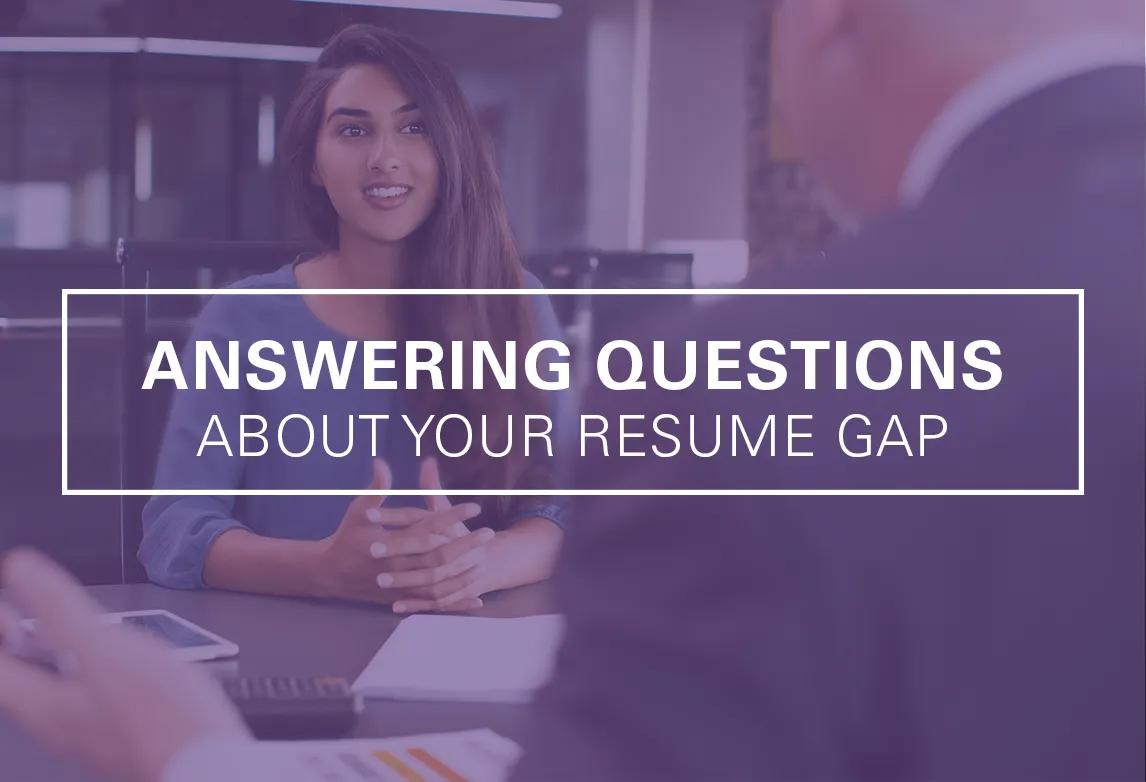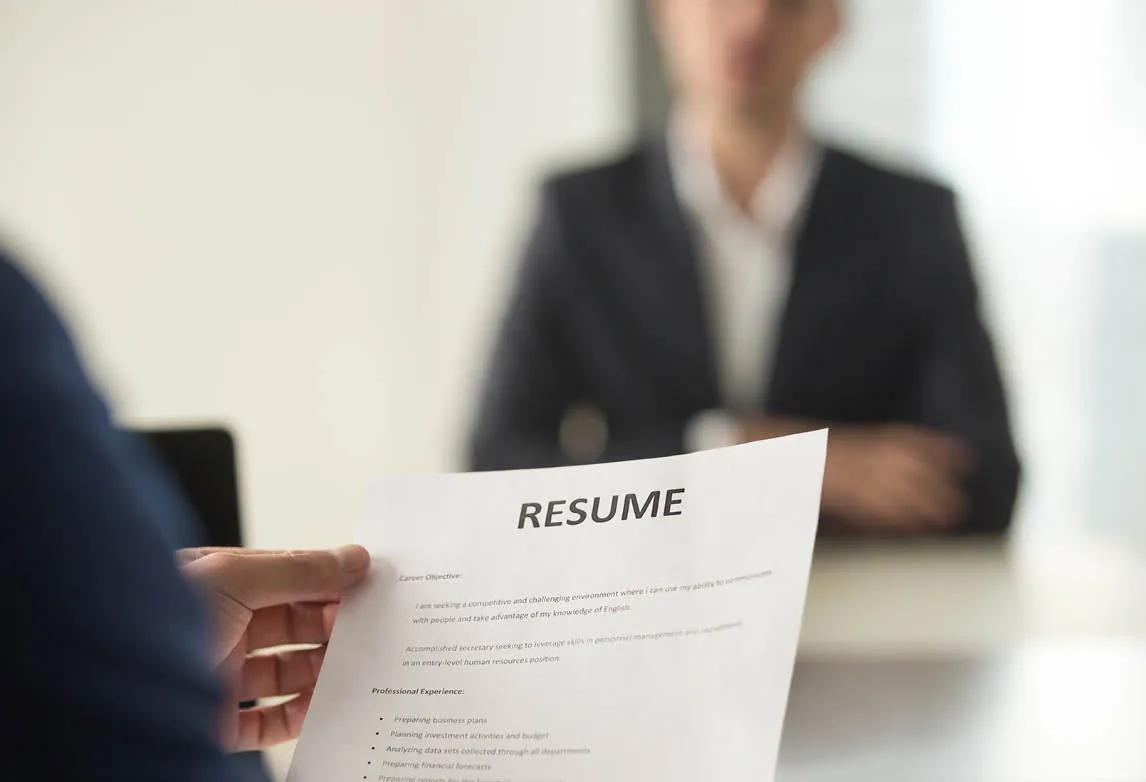Dress for Job Interview Success

How to Look Your Best for the Healthcare Job Interview and Beyond
Preparing for a job interview can help you feel more confident on the big day while also making it easier to put your best foot forward. If available, you should have read the job description thoroughly to know what the role entails. You also should have researched the healthcare employer to better understand its mission and how that aligns with the strengths that you bring to the role. Now you’re ready for the final part of your pre-interview planning — deciding what you will wear.
Why Healthcare Job Interview Attire is Important
Research indicates that attire has a heavy influence on a person’s first impression of you and can even impact how they perceive your level of confidence success, trustworthiness, and flexibility.1 This makes choosing the right interview attire important to portraying these qualities to the healthcare interviewer.
Additionally, with certain looks come certain stereotypes.2 Whether right or wrong, these stereotypes can occur on subconscious levels. Thus, choosing clothing that influences a more positive response can help influence the interviewer’s decision as to who to offer the job.
Healthcare Job Interview Clothing Tips
Following a few basic guidelines when selecting what you’re going to wear at the healthcare job interview can help you make a good first impression while also boosting your confidence.
Choose Professional Attire
In today’s age, it’s not uncommon to have more relaxed working environments. This can make you wonder whether your interview attire should be professional or casual. According to The Balance, professional clothing is generally the better choice.3 Traditionally masculine professional attire means wearing a suit or a sweater over a button-down shirt paired with dress pants. Feminine attire in a professional setting can include a suit, a dress, or pairing a blouse with dress pants.
Stay Neutral (With a Splash of Color)
Current fashion trends may involve wearing loud colors with bold prints. However, CareerBuilder warns that choosing this type of clothing can result in the interviewer focusing more on your attire than on you, the job applicant.4 Keeping your healthcare job interview clothing simple means sticking primarily with neutral colors, which typically include various shades of brown, grey, or blue, in addition to the ever-classic black. If you want to show your personality, this site recommends giving your outfit a splash of color with “subtle accessories.” Jewelry, handbags, and briefcases would all fall into this category.
Conservative Wins Over Provocative
It’s often recommended that you choose job interview attire that is more conservative in nature, but why? People use clothing to rate a person’s level of intelligence, confidence, trustworthiness, responsibility, authority, and organization.5 Another piece of research found similar results, adding that provocative dress is also correlated with being less honest.6 Based on these findings, conservative dress is a better option for a healthcare job interview than wearing something provocative.
Keep Your Attire Neat and Tidy
Whatever clothing you choose to wear to your healthcare interview, it should also be neat and tidy. Take the time to iron out the wrinkles and look for loose or missing buttons. If you have time and don’t feel comfortable fixing these issues yourself, take your job interview clothing to the dry cleaner and ask them to get it ready. It might cost a couple of bucks to take this route but if it helps you make a better impression, it can be worth the expense.
Try On Your Outfit in Advance
Once you’ve decided what to wear, don’t just set the outfit aside without trying it on. It might have a rip or spot that you forgot about before putting it away. If it’s been a while since you’ve worn these clothes, they may no longer fit the same way. Trying your job interview clothes on in advance helps avoid these last-minute issues. It also gives you the opportunity to see how the outfit makes you feel, such as whether it promotes the confident feelings you want on the big day.
Carrying Your Attire Forward Into the Job
Dressing appropriately isn’t just important for the healthcare job interview but also for the job if it is offered to you. Depending on your position, your attire may be decided for you in the form of scrubs. Otherwise, when working in a healthcare role, it is recommended that your attire strikes a balance between appearance, comfort, and practicality.7 Talk with your employer to learn what they suggest for everyday workplace clothing. This helps you choose outfits that align with their expectations.
If you work directly with patients, it helps to know that what you wear can influence patients’ perceptions, with most patients preferring that their healthcare providers wear more professional attire – particularly when the patients are older.8
Want More Help Preparing for Your Job Interview?
At Ultimate Medical Academy (UMA), we understand that interviewing for a healthcare job can lead to increased stress. That’s why our Career Services team is here to help in any way we can, whether you want to know how to make your resume shine or would feel more confident by practicing with a mock interview. Call us today at 888-315-8211 to speak with your advisor and learn more about how we can help take the stress out of the healthcare job interview process.
1 Howlett N, Pine K, Orakcioglu I, Fletcher B. The Influence of Clothing on First Impressions: Rapid and Positive Responses to Minor Changes in Male Attire. Journal of Fashion Marketing and Management. https://www.emerald.com/insight/content/doi/10.1108/13612021311305128/full/html
2 Toledano E. May the Best (Looking) Man Win: The Unconscious Role of Attractiveness in Employment Decisions. Cornell HR Review. https://ecommons.cornell.edu/items/8eb31e41-d8ae-4531-81f0-01017e881888
3 The Balance Careers. The Best Outfits for Job Interviews. https://www.thebalancecareers.com/best-interview-attire-for-every-type-of-interview-2061364
4 CareerBuilder. What to Wear for Different Job Interviews Based on the Company. https://www.careerbuilder.com/advice/what-to-wear-for-different-job-interviews-based-on-the-company
5 Rosenbusch H. Predicting Psychological Inferences Based on Women’s Clothing. https://pure.uvt.nl/ws/portalfiles/portal/57979926/Rosenbusch_Computational_6_10_2021.pdf#page=325
6 Smith J, Liss M, Erchull M, et al. The Relationship Between Sexualized Appearance and Perceptions of Women’s Competence and Electability. Sex Roles. https://doi.org/10.1007/s11199-018-0898-4
7 Bearman G, Bryant K, Leekha S, et al. Healthcare Personnel Attire in Non-Operating-Room Settings. Infection Control & Hospital Epidemiology. https://www.cambridge.org/core/journals/infection-control-and-hospital-epidemiology/article/healthcare-personnel-attire-in-nonoperatingroom-settings/9F36A1561FAB959FA65D0B539F7A1719
8 Petrilli C, Mack M, Petrilli J, et al. Understanding the Role of Physician Attire on Patient Perceptions: A Systematic Review of the Literature—Targeting Attire to Improve Likelihood of Rapport (TAILOR) Investigators. BMJ Open. https://bmjopen.bmj.com/content/5/1/e006578.short
Request Information
Talk with us. Start your journey.
Complete this form and we'll call you to explore options at UMA and answer your questions. We'll also email you info on how to get started. We're with you at every step!
Request Information
Talk with us. Start your journey.
Complete this form and we'll call you to explore options at UMA and answer your questions. We'll also email you info on how to get started. We're with you at every step!
About the Author
 Adam Fenster
Adam FensterAdam Fenster is a senior copywriter at Ultimate Medical Academy, with journalism experience from his time as a reporter and editor for multiple online and print publications. Adam has been covering healthcare education since 2019, with an emphasis on topics such as wellness, healthcare employment, and job preparedness. He received his BA in journalism from the University of South Florida.
Related Content


